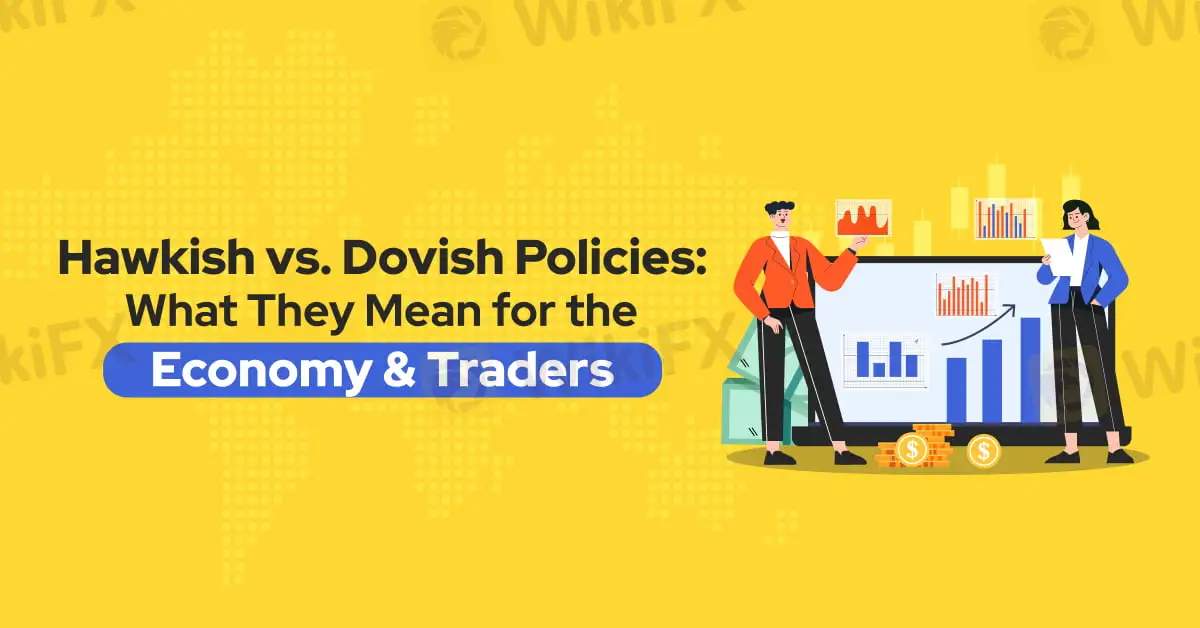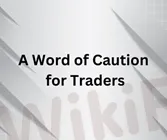简体中文
繁體中文
English
Pусский
日本語
ภาษาไทย
Tiếng Việt
Bahasa Indonesia
Español
हिन्दी
Filippiiniläinen
Français
Deutsch
Português
Türkçe
한국어
العربية
Hawkish vs. Dovish Policies: What They Mean for the Economy & Traders
Abstract:Two terms often emerge during central bank policy discussions: hawkish and dovish. These descriptors reflect the differing approaches central banks may take regarding monetary policy. Traders, especially in the forex market, pay close attention to these stances because of their significant impact on currency strength, inflation, interest rates, and overall market sentiment. But what do these terms mean, and are they inherently good or bad for a country's economy?

In economic and financial circles, two terms often emerge during central bank policy discussions: hawkish and dovish. These descriptors reflect the differing approaches central banks may take regarding monetary policy. Traders, especially in the forex market, pay close attention to these stances because of their significant impact on currency strength, inflation, interest rates, and overall market sentiment. But what do these terms mean, and are they inherently good or bad for a country's economy?

A hawkish stance signals that a central bank is focused on curbing inflation. Policymakers who adopt a hawkish approach tend to favour higher interest rates and reduced liquidity in the economy. By raising interest rates, a central bank aims to make borrowing more expensive, thus cooling consumer spending and business investment. This policy typically strengthens the national currency, as higher rates attract foreign investment and demand for the currency increases.
For traders, a hawkish announcement can signify that a currency is likely to gain value. For example, when the U.S. Federal Reserve hints at potential rate hikes, the dollar often strengthens. However, while currency appreciation may benefit forex traders, it can place added pressure on a countrys export sector, as higher currency values make exports more expensive for foreign buyers. Additionally, hawkish policies may also slow down economic growth as credit becomes more expensive for businesses and households alike.

Conversely, a dovish stance indicates a central bank's preference to stimulate economic growth, often at the risk of allowing inflation to rise. Dovish policymakers typically favour lower interest rates and increased liquidity in the economy. Lowering rates makes borrowing cheaper, encouraging businesses to expand and consumers to spend. This approach can lead to a weaker currency, as investors seek higher returns elsewhere, decreasing demand for the domestic currency.
For traders, a dovish policy suggests that a currency might weaken, which can lead to potential profit opportunities in short selling or trading currency pairs where the dovish currency is expected to decline. On a broader scale, a dovish policy aims to boost job creation and economic activity, but it can also risk overheating the economy, causing excessive inflation and devaluing purchasing power.

The impact of hawkish and dovish policies is complex and context-dependent. A hawkish policy can be beneficial in stabilizing runaway inflation, but if maintained too long, it risks stifling economic growth and increasing unemployment. Meanwhile, dovish policies can stimulate growth and reduce unemployment but may lead to inflationary pressures, impacting the cost of living.
Neither approach is universally “good” or “bad” for an economy; instead, it depends on the existing economic conditions and objectives of the central bank. In periods of high inflation, a hawkish stance may be necessary to protect purchasing power, even if it temporarily slows down growth. During economic downturns, a dovish stance may help stimulate demand, despite potential inflationary risks.

For traders, understanding the hawkish or dovish tendencies of a central bank is essential in making informed decisions. A central bank's stance can shift rapidly depending on economic data, global events, and political pressures. Relying solely on these stances without a holistic analysis can lead to rushed and uninformed trading decisions. Traders must remain cautious, analyse multiple factors, and avoid speculative moves based on central bank signals alone.
Ultimately, both hawkish and dovish policies serve distinct purposes within economic cycles. For traders, the key lies in remaining vigilant and patient, recognizing that well-timed, informed trades are more valuable than reacting impulsively to every policy shift.

Disclaimer:
The views in this article only represent the author's personal views, and do not constitute investment advice on this platform. This platform does not guarantee the accuracy, completeness and timeliness of the information in the article, and will not be liable for any loss caused by the use of or reliance on the information in the article.
Read more

STARTRADER Issues Alerts on Fake Sites and Unauthorized Apps
STARTRADER warns against counterfeit sites and apps using its brand name. Protect yourself by recognizing official channels to avoid fraudulent schemes.

Dukascopy Bank Expands Trading Account Base Currencies
Dukascopy Bank now offers AED and SAR as base currencies for trading, expanding options for clients to fund accounts in Dirham and Riyal.

PayPal Expands PYUSD Transfers to Ethereum and Solana
PayPal's PYUSD stablecoin can now transfer across Ethereum and Solana, enhancing flexibility for users through a LayerZero cross-chain integration.

Broker Review: Is Exnova Legit?
A forex broker named Exnova has recently come to our attention. This broker is registered in Saint Vincent and the Grenadines and started its business in 2021. In this article, we will dig into this broker deeply and provide some information if you are interested.
WikiFX Broker
Latest News
JUST Finance and UBX Launch Multi-Currency Stablecoin Exchange
XM Revamps Website with Sleek Design and App Focus
TradingView & Mexico’s Uni. Partnership, to Enhance Financial Education
Something You Need to Know About SogoTrade
Global Shift in Cryptocurrency Taxation: Italy and Denmark Chart New Paths
Webull Introduces 24/5 Overnight Trading to Extend U.S. Market Access
eToro Launches Global-Edge Smart Portfolio: A Balanced Approach to Growth and Stability
Darwinex advises traders to update MT4 & 5
Revolut X Expands Crypto Exchange Across Europe, Targeting Pro Traders
Crypto Scammer Pleads Guilty in $73 Million “Pig Butchering” Fraud
Currency Calculator



